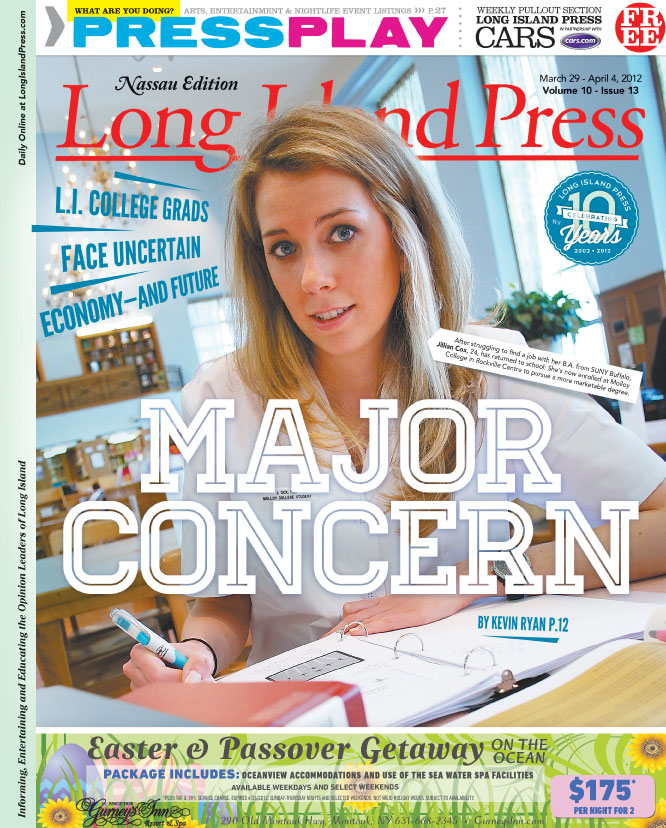With two dozen hospitals on Long Island and an aging population, the health care industry has become a significant source of employment on Long Island.
When the recession sent thousands to the unemployment lines, the healthcare system was considered one of the more secure professions in the country, especially here on Long Island, where a new medical school is set to open at Hofstra later this summer with the hope of providing a new wave of American-made talent to the industry.
A 2009 Long Island Index Report study revealed that employment in health care services grew 26 percent from 2003 to 2008, the largest increase of any profession on Long Island. Biomedical employment also saw a small gain while manufacturing, finance, insurance and communication services experienced a decline in jobs.
“To some extent health care is almost like a recession-proof business,” says Dr. Jeffrey Schor, founder of PM Pediatrics, which delivers urgent care to kids during hours when their regular pediatric doctor is closed. “People get sick, people get hurt, they always need health care.”
PM Pediatrics opened their first location in Syosset in 2005 and added three more since, says Schor. Syosset will see 30,000 kids this year, he adds, and 75,000 overall.
“We’ve been very fortunate, even despite what most people would review as a recession, we’ve actually been able to grow pretty substantially,” he continues. “Not only have we increased in volume, but…we’ve hired a number of people and we continue to grow and expand pretty rapidly as an organization.”While the national unemployment rate seems stuck in the mud at 9.1 percent, Long Island is faring a little better with just less than 7 percent of Nassau and Suffolk’s residents unemployed, according to U.S. Bureau of Labor Statistics data released earlier this week.
“Over the past decade people have started to realize that and they hang on to their jobs in health care organizations,” says George Rainer, senior VP of human resources at Winthrop-University Hospital.
There’s “always constant activity” in the health care field explains Keith Banks, president of Lloyd Staffing, who helps the unemployed find jobs.
“Because of where the activity is and where the opportunities are,” he adds, “I think…it’s a wise choice for those who have that skill set or want to be in the health care field.”
Like most industries, there have been some setbacks, says Rainer. Nursing is a little slow for new graduates, but there is always a need for critical care nurses who work in operating or emergency rooms. Those positions, however, require more years of experience, something new graduates don’t have.
With an aging population on Long Island and the problem of childhood obesity continuing to grow, there will always be a need for more services, says Senior Associate Dean for Education at the Hofstra University Medical School David Battinelli.
“People are aging, people are sick, and I think it’s fair to say the population isn’t getting healthier,” he says. And there are a “variety of issues to aging, obesity and diabetes epidemic. So there’s a need and where there’s a need, there’s business.”
There has also been a push to produce American talent in the industry, explains Battinelli. Hofstra’s new medical school received almost 5,000 applications and selected only 40 students after interviews, with classes starting in August.
“For the last number of years we have from an American medical school perspective seen far fewer physicians that have been needed and that gap has been filled with international medical graduates,” he says.
Battinelli says the industry hopes to increase the number of American medical school graduates 30 percent by 2015.
Winthrop currently has a workforce of approximately 6,800 people, but it may be hard to speculate if employment in the field will continue to grow, says Rainer.
“That’s all projection and it’s in the future,” he adds. “We really can’t predict the future because healthcare reform could radically change our industry.”







